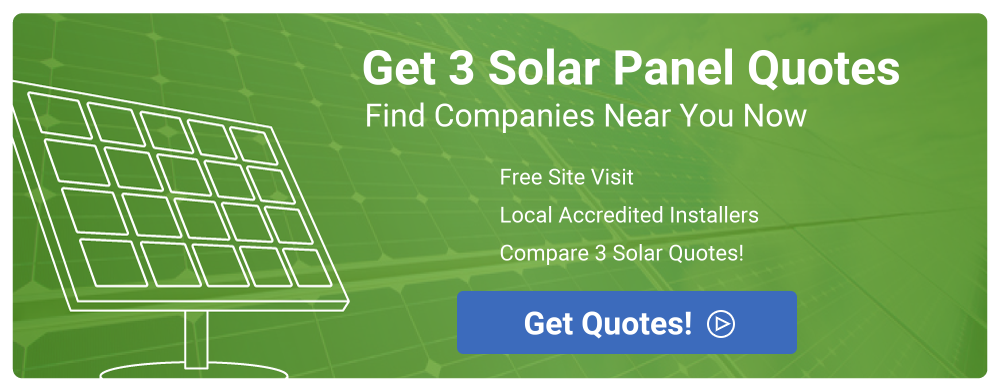If you are considering renewable energy for your home or business, you will be pleased to learn about the UK Feed in Tariff Scheme or FITs. This programme pays UK energy consumers for the power they produce through renewable technologies like solar panels and wind. The scheme is open to anyone who takes part in producing “green” energies. Schools, businesses, landlords, and homeowners are all able to receive a cash incentive for producing “green” energy. FITs pays per Kilowatt hour (kWh) and can be used to balance energy costs and even create extra income.
What Technologies are Included in the FIT Scheme?
While most participants in the Feed in Tariff scheme will be producing their energy with solar panels and wind turbines, The Energy Savings Trust states that most domestic technologies qualify. These include:
- solar electricity (PV)
- wind turbines
- hydroelectricity
- anaerobic digesters
- micro combined heat and power (CHP).
Anyone can take part as long as they produce less than 5 MW of power. Family homes, churches, and small business are likely to produce much less than this amount. This means that nearly every property in the UK is eligible to claim FITs if they choose to take part in clean energy production. As long as their “green” energy producing wind mills or solar panels were installed after July 2009 and they meet certain eligibility criteria.
Renewable heating technologies are covered separately, under the Renewable Heat Incentive (RHI) or for domestic installations, the Domestic Renewable Heat Incentive.
Eligibility for the UK Feed in Tariff Scheme
Anyone in the UK is eligible for the programme provided they meet a short list of qualifications. The installation needs to have been accredited by the Microgeneration Certfication Scheme, the installation is on the Ofgem central FIT register, and the customer has received or registered to receive Renewables Obligation Certificates.
For installations up to 50kW you need to use an MCS certified installer and product to be eligible for FITs. Customers must also provide an Energy Performance Certificate (EPC) showing the building in question is a level D or above.
These qualifications may make signing up for the programme sound like a nightmare, but most electricity companies participating in FITs will be willing to help customers through the process. British Gas provides their toll-free 800 number on their FAQ page. Calling the same number will also help customers figure out what kind of installation they have and what rates they will be able to receive for their “green” energy.
How the Feed in Tariff Works
In the UK, Feed in Tariff payments are made by your energy supplier. Larger suppliers are required to participate by law. Smaller suppliers are not required but some do. You can check the ofgem list of registered FIT suppliers here.
Electricity you generate:
The Feed in Tariff is paid on every kWh of energy you generate. Yes, that means even the energy that you use yourself. These are the rates that you usually see quoted in coverage of the FIT scheme. Based on the date at which your system was registered, these rates are index linked and guaranteed for the period of the tariff (up to 20 years).
Just for clarity here is a quote from the FAQs produced by the DECC Feed in Tariff Team:
Will the tariff for my installation be reduced after it has been accredited for FITs?
- No.
- Once an installation has been accredited for FITs, it will receive the tariff that was determined at the time of accreditation for the entire tariff lifetime, subject to RPI-indexation.
Electricity you export to the grid:
On top of the generation tariff you can sell your excess energy back to your supplier at what is called the export tariff. The export tariff is paid over and above the generation tariff. It is the same for all technologies and applies to the portion of the electricity you generate that is surplus to the electricity you use. The export tariff is currently 4.77 p/kWh.
Renewable Energy Savings
These payments are great but if you are assessing an investment decision in renewable generation for your property it is important to also factor in your energy savings. The Feed in Tariff will be paying you for the electricity you generate but you will also be making substantial savings on your energy bills.
Current Feed in Tariff Rates
Here are some example UK Feed in Tariff rates as at 11/02/2015:
- Solar panels 4kW or less consumers will receive 13.88p/kWh of energy produced
- Solar panels between 4 kW and 10 kW will get 12.57p/kWh
- Wind turbines 1.5 kW or less will get 17.78p/kWh
- Wind turbines producing 1.5kW up to 15 kW will also receive 17.78p/kWh.
- Hydroelectic systems of 15 kW or less will get 21.12p/kWh
- Micro combined hear & power systems with 2kW or less will earn 13.24 p/kWh for the first 30 thousand units.
While all these rates may seem a little confusing, they explain one key fact about FIT, consumers will earn money for the energy they produce. You can find current FIT rates for all technologies at this page: UK Feed in Tariff Rates – All Technologies.
Organisations such as Energy Saving Trust will gladly help consumers understand what they are eligible to earn through FITs.
 Elliott Brown / CC BY 2.0
Elliott Brown / CC BY 2.0



